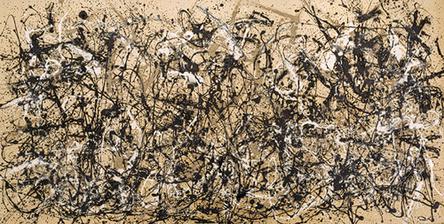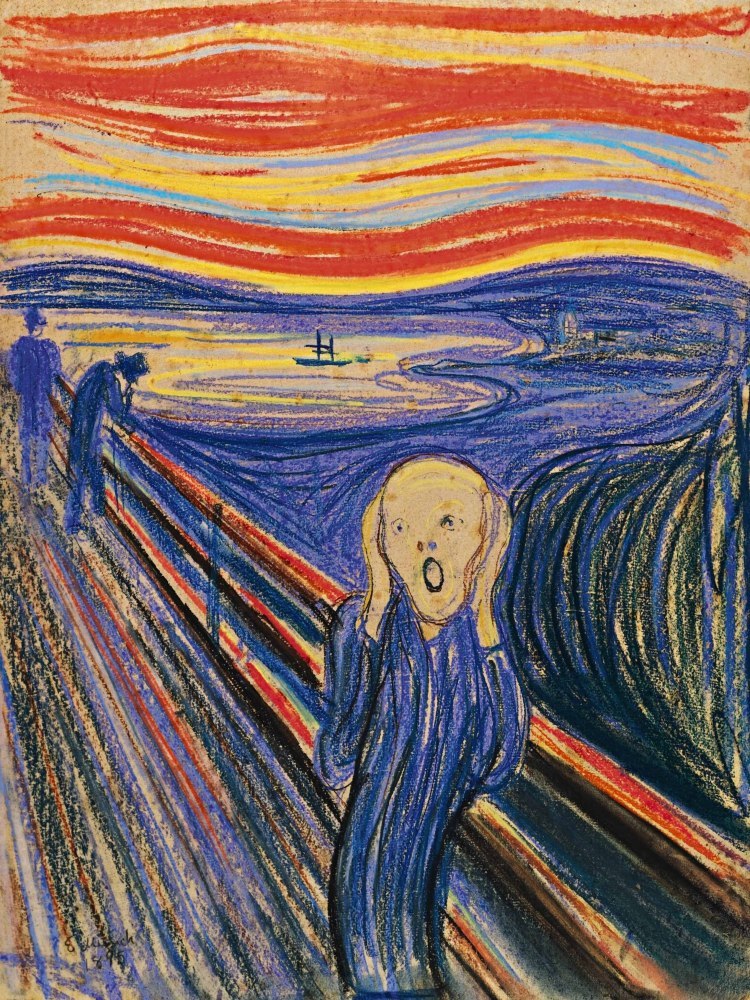Recently, AI Generated art made headlines when Jason Allen won a painting competition with the aid of Midjourney, an artificial intelligence program that turns prompts into artwork. Several artists expressed their discontent on such conduct and debates began to surface about the nature of AI art. Can such art even be considered “real” art? What does it mean to be an artist? What is the essence of art?
AI art was popularized by the advent of DALL-E, a machine learning model that generate images based on natural language descriptions. Without going into technical details, the model is trained on a huge dataset of images and it’s corresponding descriptions.

A cat with sunglasses sleeping on a hammock
A mathematical algorithm allows it to learn the relationship between prompts and images. This knowledge is then applied on reconstructing new images on different prompts. The model, or any AI model, is always reactionary. It reacts to new variables in the environment.
A distinction needs to be drawn between art and regular paintings. A person could draw a portrait of a beautiful celebrity, but it still wouldn’t be art. Sometimes a random assortment colors similar to toddler art is considered to be one.

Clearly, aesthetic quality doesn’t make the painting valuable. As is the case with Autumn Rhythm. A better example would be the Mona Lisa. It is not an aesthetically pleasing portrait of a woman, but it is considered one of the greatest art pieces in human history. If you look closely enough, you’ll see that Mona Lisa is trying to convey something. Maybe help us experience something. For instance, The Scream is quite an uncomfortable sight to the eyes. But it’s capturing something and passing it on to the viewers.

Art is valuable when it successfully communicates something in the Artist’s mind to the admirer. Furthermore, any non-linguistic medium of art (Music, Paintings etc.) have a definite telos i.e. purpose. They are meant to convey an idea that words can’t express.
“Language can never adequately render the cosmic symbolism of music, because music stands in symbolic relation to the primordial contradiction and primordial pain in the heart of the primal unity, and therefore symbolizes a sphere which is beyond and prior to all phenomena. Rather, all phenomena, compared with it, are merely symbols: hence language, as the organ and symbol of phenomena, can never by any means disclose the innermost heart of music; language, in its attempt to imitate it, can only be in superficial contact with music; while all the eloquence of lyric poetry cannot bring the deepest significance of the latter one step nearer to us.
Friedrich Nietzsche, The Birth of Tragedy
One critique of AI art would be this: creating art using language defeats its purpose. Furthermore, the highest forms of any human endeavor requires creativity. Creativity comes from action that exists solely by the nature of it’s own virtue. It isn’t a reaction based on circumstances external to it. Instead, it moves forwards for it’s own sake. A self-rolling wheel, to borrow Nietzsche’s words. As AI is reactionary, as of now and probably will be forever, it can’t be creative. Therefore, there is no possibility of it creating art.
In this state one enriches everything out of one’s own fullness: whatever one sees, whatever wills is seen swelled, taut, strong, overloaded with strength. A man in this state transforms things until they mirror his power—until they are reflections of his perfection. This having to transform into perfection is—art.
Friedrich Nietzsche